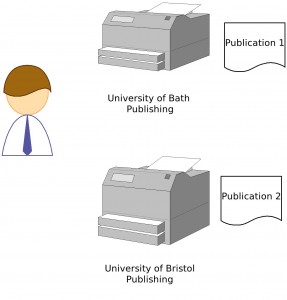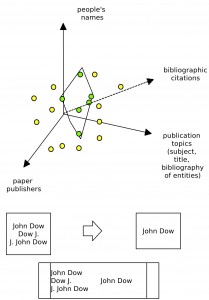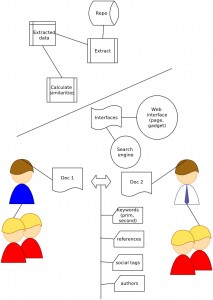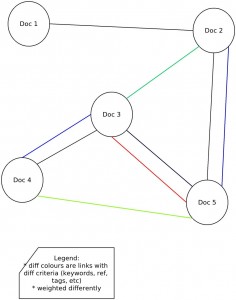Thanks to Ultim8Fury, Leesa and Nick255 for the following.
Presumably as it’s a fairly new model, after setting up linux (Ubuntu Netbook Remix in this case) on a Toshiba NB200 I ran into a few little problems. Most of the smaller ones were solved/mitigated by Ultim8Fury’s excellent Setup Guide here. However if, like me, you had windows off and linux on faster than ** then you may have run into the ‘enabling wifi’ problem.
The drivers suggested by Ultim8Fury cannot turn the card on and windows XP will not reinstall without some very advanced ‘slipstreaming’ technique due to a lack of drivers for the RAID interface. So if you forgot to enable wireless before removing XP and do not own a copy of Vista (presumably this may work, I don’t actually know) how do you enable the card?
It was Leesa’s explaination of how to enable bluetooth and Nick255’s adaptation of it that provided the answer.
Originally Posted by LeesaBluetooth is working with omnibook module:
- Get sources from http://dl.getdropbox.com/u/362618/om…1217-1_all.deb
- Make sure Bluetooth is enabled in Windows
- sudo apt-get install module-assistant build-essential
- sudo m-a a-i omnibook-source
- Try it: sudo modprobe omnibook ectype=14
- Make it autoload:
- sudo nano /etc/modules
- Put “omnibook” at the latest line
- sudo nano /etc/modprobe.d/omnibook.conf:
options omnibook ectype=14 userset=0 lcd=0 display=0 blank=0 battery=0 ac=0 bluetooth=1
Works fine for my NB200, even enabling/disabling bluetooth via /proc/omnibook/bluetoothYou should use ectype=12 instead of ectype=14. That way you can enable or disable wifi without needing to boot Windows. Unfortunately, the hotkeys don’t work, so you have to manually echo either 1 or 0 to /proc/omnibook/wifi (or if you prefer, just disable it in the bios when you want to be sure it is disabled).
- Download http://dl.getdropbox.com/u/362618/om…1217-1_all.deb
- Install the omnibook-source .deb file, module-assistant and build-essential.
- Run module-assistant on the omnibook-source package.
- Load the module with ectype=12.
- Turn the Wifi on and off with /proc/omnibook/wifi
As root:
# This will install any dependencies not already on the system:
apt-get install bzip2 debhelper dpatch kernel-package make module-assistant build-essential
mkdir /tmp/omnibook
cd /tmp/omnibook
wget http://dl.getdropbox.com/u/362618/omnibook-source_2.20070211%2Bsvn20071217-1_all.deb
dpkg -i omnibook-source_2.20070211+svn20071217-1_all.deb
m-a a-i omnibook-source
modprobe omnibook ectype=12
echo 1 > /proc/omnibook/wifi
If this works as advertised, go ahead and add “omnibook” to the end of /etc/modules and “options omnibook ectype=12” to /etc/modprobe.d/omnibook.conf.
To disable the wireless adapter just use the command “echo 0 > /proc/omnibook/wifi”. To enable it, replace the “0” with “1”.



